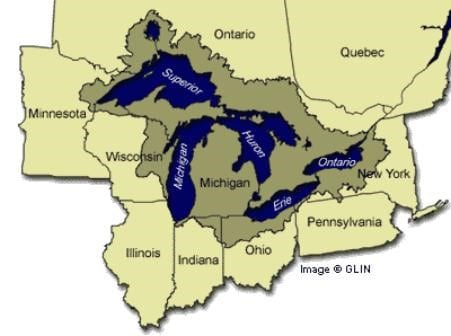A walk down to the newly installed docks revealed beautifully clear water. That’s typical for spring. I could easily see the bottom, but on that bottom was evidence an ongoing problem – an invasive species commonly known as the Zebra Mussel. They were everywhere!
Zebra mussels are not native to Canadian waterways. They were first discovered in the 1980s in the Great Lakes and like their first arrival, they move between waterbodies in ballast or on the hulls of boats. Governments have spent billions trying to control and eradicate them, but according to our lakebed, to no effect.
They are very adaptable and can survive in a variety of water conditions. That is scary enough, but a lone female can produce a million eggs per year, releasing them freely into the water to float along with the water currents. In the larvae stage they emit sticky fibres that reach out and attach to hard surfaces. That’s why rocks, logs and boats can be covered by these little creatures – in their millions — and that is truly frightening.
Their danger lies in their ability to remove plankton from the water. Plankton is the foundation of many food chains. Natural food chains are disrupted, so native fish and other wildlife struggle.
Clearer water is a result of their amazing filtering capabilities. This allows sunlight to penetrate and warm up the water which results in an increase growth in aquatic vegetation and algae growth!
We can all help avoid the further spread of the Zebra Mussels by:
- inspecting boats and any aquatic equipment for the presence of mussels
- washing them off before we enter another, separate body of water.
- While no chemical control agent is known to kill zebra mussels without seriously harming other aquatic life or water quality. The experts recommend a 2% chlorine bleach solution is effective at killing zebra mussels when cleaning boating equipment or other gear away from waterbodies.



